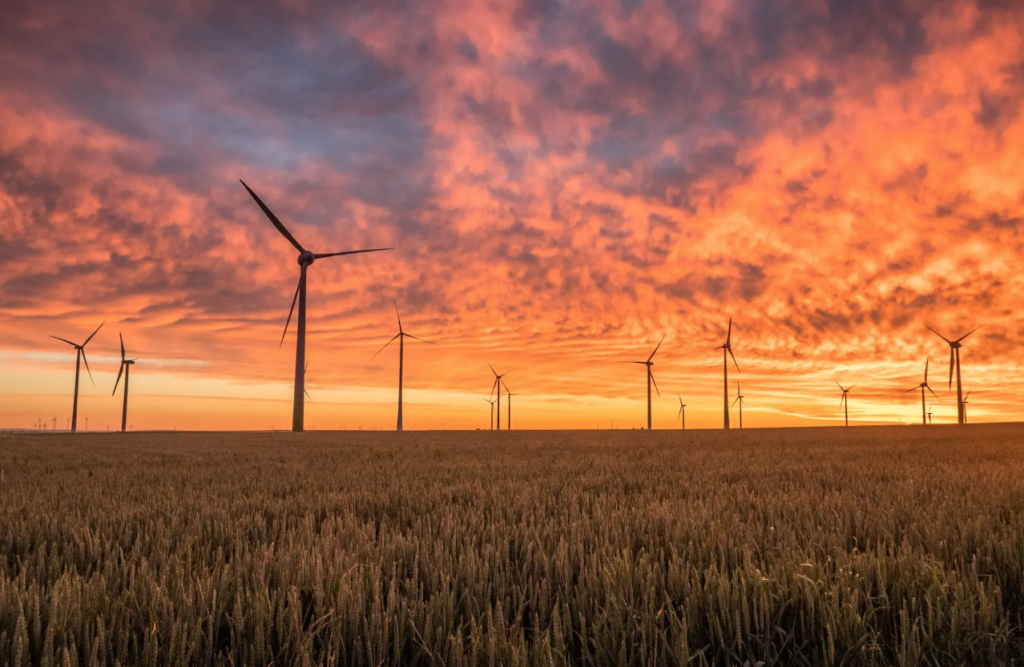Three historical records for renewable resources in European countries
(sustainabilityenvironment.com) – The amount of energy coming from renewable resources is increasing in the EU countries. This is confirmed by Eurostat data for 2002 and confirmed by the records set by several Member States in 2023. Germany, Spain and Portugal closed the year with renewable electricity generation exceeding 50% of national production. Thanks in part to favorable weather conditions but also to programs dedicated to the growth of RES.
Germany
According to the latest statistics of the Fraunhofer ISE, German renewables would have provided in 2023 about 260 TWh, representing a record share of 59.7% of the country’s annual electricity production. A growth of about 7.2% on 2022, due to the exploitation of wind and photovoltaic. In detail, the wind has been (once again) the renewable source generating 32% of the total national electricity. The contribution of solar energy (12%) is much smaller, but this is due to double-digit capacity growth. For the first time in 2023 the German photovoltaic added 14 GW, exceeding the same target set by the government.
Spain
Spain has also generated more than half of its electricity from renewable sources. According to data from Red Electrica Espanola (REE), the network operator, last year green production reached almost 135 TWh, equal to 50.4% of the total national electricity mix. This percentage, of eight points higher than the value of 2022, represents a historical record for the country whose RES never exceeded the threshold of 50% in electricity generation. Also in this case the lion’s share was made by wind, with a share of 23.3%. Following the photovoltaic plants with 14% of total production and hydroelectric with 9.5%.
Portugal
Also noteworthy is Portugal where renewable resources provided 61% of the national net electricity, for a total of 31.2 TWh. Well, 13 percentage points more than the previous year that define a new record for the country. The credit, according to the network operator REN, goes to the intense rains, strong winds and good sunny days that marked 2023. Going into detail we discover how wind energy has provided 25% of national electricity consumption, hydroelectric 23%, photovoltaic 7% and biomass 6%.
read also Portugal: 149 hours of renewable energy
Italy
And Italy? It is still too early to know the final figures but it will hardly be able to match these performances, despite the numbers reached. The latest report published by Terna updates the data in November 2023, showing a growth in renewable capacity of 4,938 MW in 11 months of the year. From January to November Italian RES contributed 44.2% to total net electricity production, equal to 105.6 TWh. Read also RECAI 2023, Italy advances on renewables but is far from the top 10.

